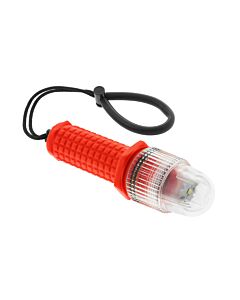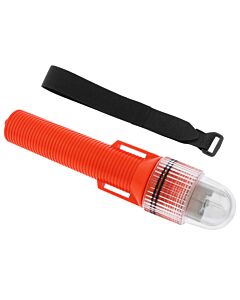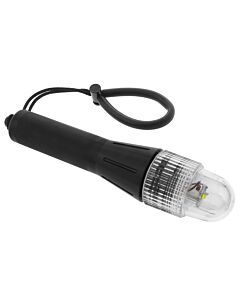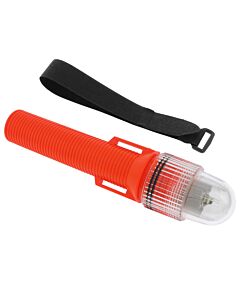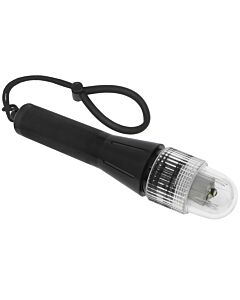Strobes - Marking Lights
Submersible strobes and marking lights are an excellent tool to mark the location of the anchor, up-line or meeting point on low visibility and night dives. The marking lights are designed specifically for visibility from any direction and provide a bright steady light. The strobes are not just a 'blinking light', these devices produce a brilliant 360° burst of intense light. All of these lights can be used both underwater or on the surface. At the surface nothing works better than a true strobe light for signaling your location. The Strobes also work well for signaling even in broad daylight, although with a more limited range.
-
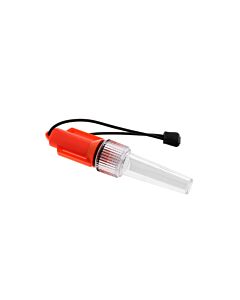 TekTite Mark-Lite$26.95
TekTite Mark-Lite$26.95 -
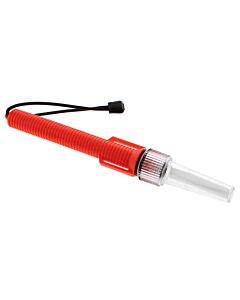 TekTite Mark III$33.95
TekTite Mark III$33.95 -
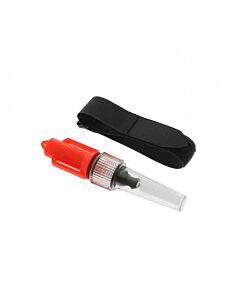 TekTite Mark-Lite Strobe$68.95
TekTite Mark-Lite Strobe$68.95 -
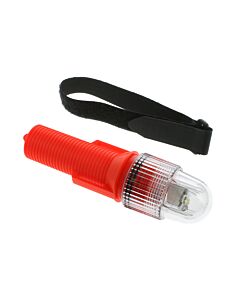 TekTite Strobe 200$79.95
TekTite Strobe 200$79.95
About the U.S. Diver Down Flag

The red-and-white U.S. dive flag was invented in the early 1950's by Denzel James "Doc" Dockery. In 1953, he followed instructions published in Popular Science Magazine for building his own scuba device, and began experimenting with ways to make a living by working in the emerging sport. In the course of his work, Dockery found that he needed a warning flag to keep boaters at a safe distance.
Dockery had served in the U.S. Navy and he was familiar with a Navy solid red signal flag that was used to warn of danger. To make his flag distinctive, Dockery asked his wife Ruth to sew a white stripe across the flag through the center. A horizontal stripe was unsuitable because that is the national flag of Austria. A vertical stripe was unsuitable because that is the Naval numeral seven signal flag. Ultimately, the stripe was positioned diagonally from the upper-left corner to the lower-right corner and the U.S. diver down flag was born.
Perhaps more significant than their role in creating the dive flag was the Dockery's evangelism for it when they began making, selling and promoting the flag. Dockery worked successfully to get the flag officially recognized in his home state of Michigan. In 1956, the flag got a major boost when the company US Divers started distributing it nation wide. Another boost came from Skin Diver Magazine when the flag was mentioned in a September 1957 editorial and readers were asked for comments on the design. In February 1958, the magazine reported the "Michigan Divers Flag" as the reader's choice. Today, almost every U.S. state officially recognizes, and many state laws require display of, the red flag with the white diagonal stripe as a signal for a diver down.
Adapted from Dive-Flag.com, ©Interesting.com used with permission.
Outside U.S. waters the International Code of Signals blue and white "Alfa" flag is used to indicate the presence of a diver in the water. The ICS Alfa flag has been adopted by the U.S. Navy to signal "diver down; keep well clear at slow speed". Although the U.S. Coast Guard also mandates its use in navigable U.S. waters, among individuals the use of an Alfa flag is erratic and varies by locale. Because there is no consistent rule, commercial U.S. vessels engaging in diving operations will often simultaneously display both flags.

